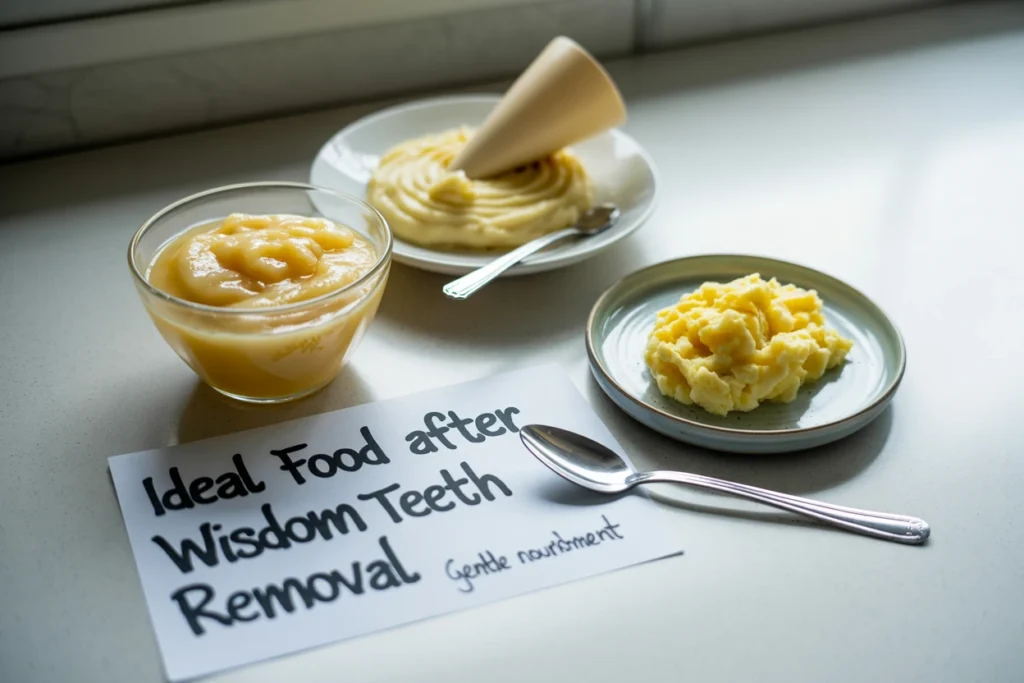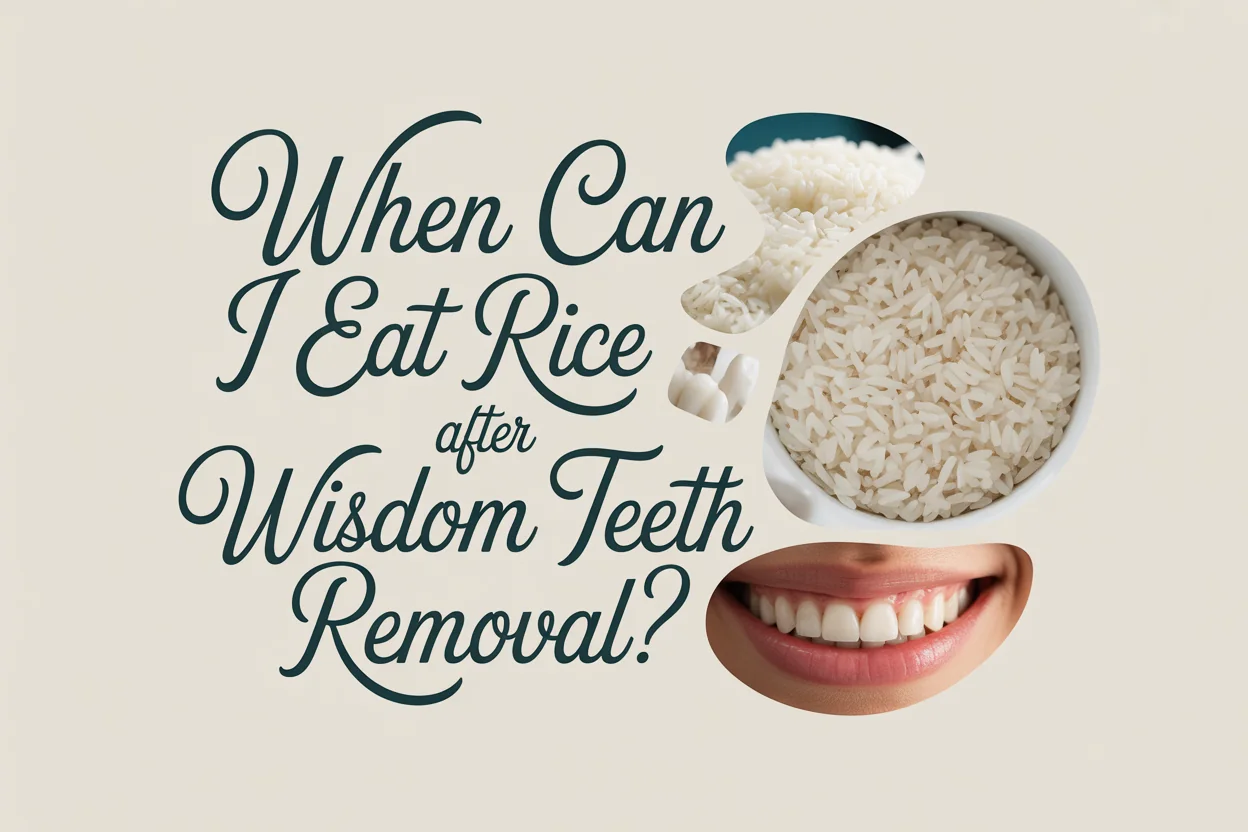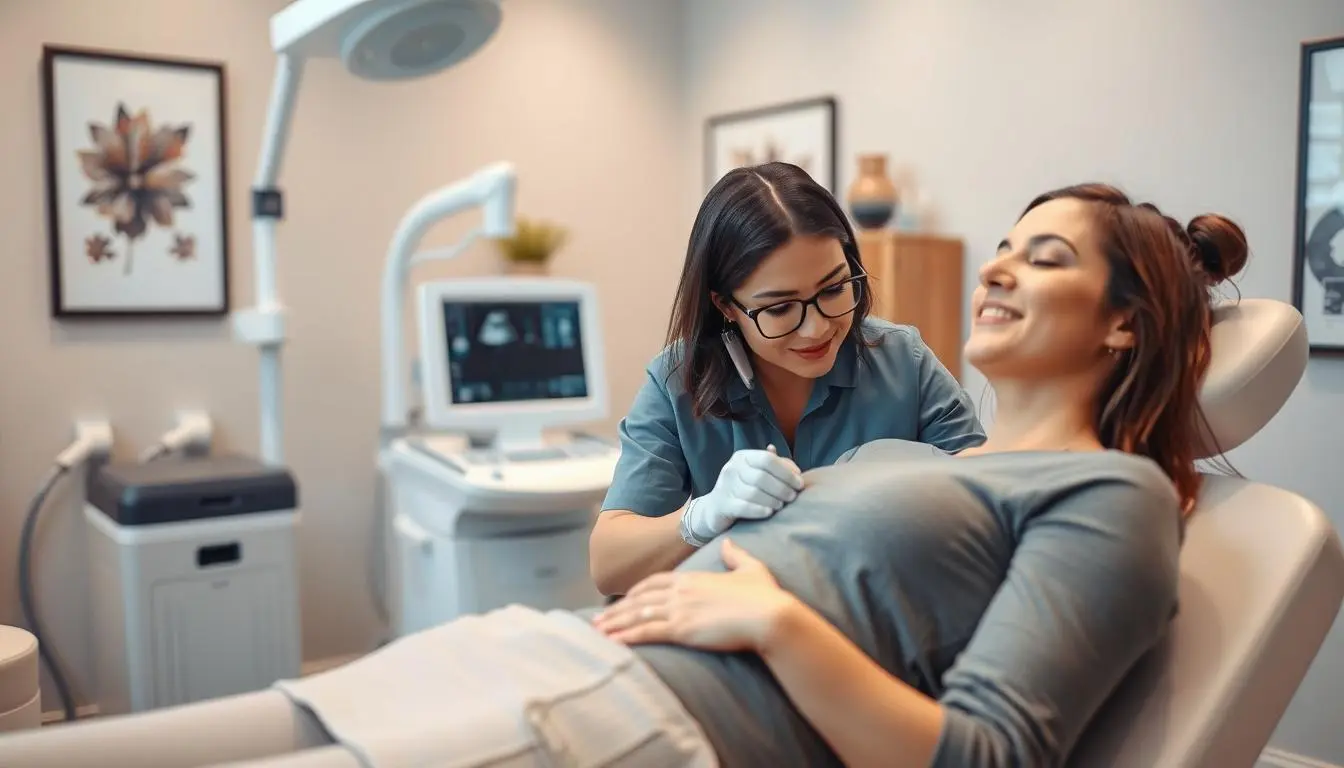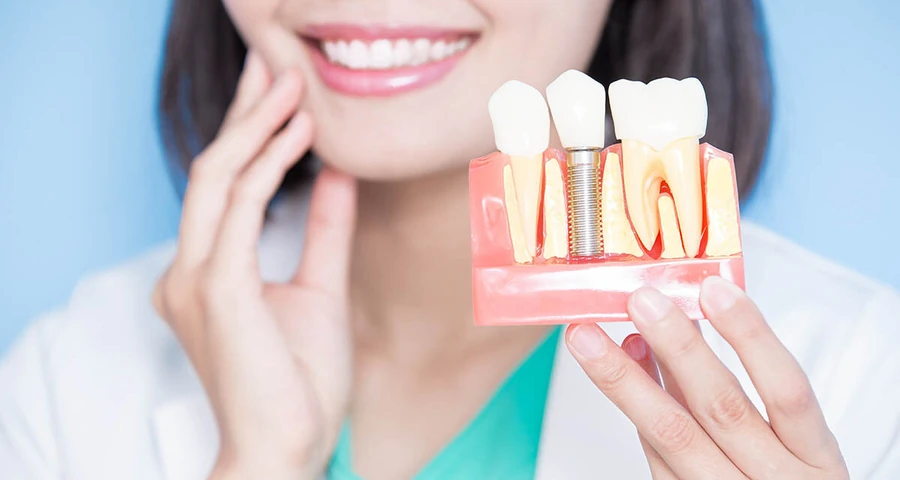So, you’ve just had your wisdom teeth removed. Maybe all four at once (ouch) or maybe just the troublemaker on the bottom left. Either way, now you’re stuck in that awkward phase of recovery where your mouth feels weird, you’re kinda sore, and food suddenly becomes this complicated thing.
And maybe — just maybe — you’re wondering about rice. Like… when can I eat rice after wisdom teeth removal? It seems harmless enough. Soft-ish. Not crunchy. Kinda comforting. But is it actually safe?
Let’s talk about that.
Also Read: How Soon Can You Talk After Wisdom Teeth Removal?
The Early Days: Why Rice Isn’t the Best Idea Yet
In the first 24 to 48 hours post-surgery, your mouth is basically a construction zone. The surgical sites where your wisdom teeth once were? They’re open wounds, forming delicate blood clots — which, weirdly, are your body’s best attempt at healing itself.
Rice, as soft as it may seem, isn’t really ideal here. It’s small, it breaks apart easily, and it can sneak into those extraction sites like an uninvited guest. And once it’s in there? It’s hard to get out without… well, messing things up. You risk dislodging the clots, introducing food particles, or just generally irritating the area. That’s how dry sockets happen. And no one wants that.
So in those first couple of days when can I eat rice after wisdom teeth removal? Honestly, not yet — rice is off the menu.
What Should You Eat Instead? (A Few Gentle Suggestions)

Here’s the good news: You’re not doomed to hunger. There’s a whole lineup of soft foods and liquids that are actually kinda enjoyable. Think:
- Blended soups (room temp, not piping hot)
- Greek yogurt (smooth, not the ones with fruit chunks)
- Mashed potatoes (extra creamy = extra comforting)
- Ice cream or sorbet (yes, really)
- Mashed bananas
- Bone broth
These are your go-to staples. They’re gentle, satisfying, and won’t mess with your healing sockets.
Oh, and drink lots of water. Like, a lot. But sip it. No straws. Trust me on that.
Okay, But… When Can I Eat Rice?
Usually, you’ll start getting the green light for more solid-ish foods around days 4 to 7 — but this depends on how your healing is going. If your oral surgeon gave you specific post-operative care instructions, definitely follow those first. Every person’s healing process is a little different.
That said, softer rice or overcooked rice (like what you might feed a sick toddler) is a safer bet when you do decide to reintroduce it. Soft texture is key here — you don’t want anything too chewy or sticky. And chew on the opposite side of the extraction sites if you can. Baby steps.
When can I eat rice after wisdom teeth removal? Some people find that adding a little olive oil or broth to the rice helps soften it even more and prevents it from getting clumpy. It’s not about flavor at this point — it’s about safety and comfort.
Also Read: When Can I Eat Spicy Food After Wisdom Teeth Removal?
What About Other Foods? The Timeline (ish)
Here’s a very rough guide to how your diet might progress after wisdom teeth removal:
First 24–48 hours:
- Stick to cold or lukewarm liquid foods.
- Think ice cream, smoothies (no seeds), blended soups.
- Avoid anything hot, spicy, or acidic.
Days 3–5:
- Begin incorporating semi-solid foods like mashed potatoes, creamy scrambled eggs, soft bread soaked in soup.
- Greek yogurt is still a winner.
- Rice? Not yet, unless it’s practically mush.
Days 6–7:
- If healing is going well, try very soft rice or overcooked pasta.
- Add things like well-cooked vegetables (pureed or really soft), and maybe soft cheese.
- Still avoid crunchy foods, spicy foods, sticky textures, or sharp foods.
Weeks 2–3:
- Gradually reintroduce your regular diet.
- Keep monitoring for any signs of complications after wisdom tooth removal like swelling, bleeding, or severe pain.
Foods to Avoid (Even If You Really Want Them)
Some types of food just don’t play nice with healing gums:
- Crunchy foods (chips, popcorn, raw vegetables)
- Sticky foods (caramels, some rice if undercooked)
- Spicy foods (can irritate surgical sites)
- Acidic foods (orange juice, tomato sauce)
- Hot liquids (tea, coffee — unless they’re lukewarm)
- Carbonated beverages
- Anything with seeds or small bits (like some granolas or seeded breads)
Basically, if it sounds like something that might sneak into a wound, burn it, or get stuck and be impossible to rinse out… maybe skip it.
How Do You Know You’re Ready?
It’s not a science. Some people feel fine eating semi-soft foods just a few days after surgery. Others are still tender a week in. So go slow. Try a bite. See how your mouth reacts.
If chewing hurts or food gets trapped, that’s your sign to wait a little longer. Healing tissue is sensitive, and if it gets irritated, you could delay the whole recovery process.
When can I eat rice after wisdom teeth removal? And honestly, if something doesn’t feel right — like the site looks weird, smells bad, or causes serious discomfort — check in with your dental professional. They’ve seen it all.
A Quick Note on Portion Sizes & Eating Habits
Smaller portions help. You don’t want to open your mouth too wide or chew too much too soon. Eat slowly, take breaks, and maybe even use a smaller spoon. (Feels a bit silly, but it helps.)
Also, rinse gently with warm salt water a few times a day. Not right after eating, though — wait about 30 minutes so you don’t wash away any healing clots. And don’t rinse too aggressively. Think gentle swish, not power wash.
Also Read: How Long After Bottom Wisdom Teeth Removal Can I Eat a Burger?
Is Rice Even Worth It?
Let’s be honest. Rice is a staple food for a lot of people. It’s familiar, comforting, and filling. But during the first few days of recovery, it’s just not worth the risk.
That said, once you’re past that critical window — once your sockets are healing nicely and you’re back to some version of normal — a soft bowl of rice can actually be a welcome return to comfort. Just… ease into it.
Final Thoughts
There’s no single answer to when can I eat rice after wisdom teeth removal? — but if you play it safe, pay attention to your body, and follow your oral surgeon’s instructions, you’ll get there.
Stick with soft or semi-soft foods for a while, avoid anything that could sneak into your healing sockets, and give your mouth the quiet time it needs to recover.
And when you finally do take that first bite of soft, fluffy rice again? Chew slowly. Smile (carefully). You made it.
Remember, healing isn’t a race. It’s okay to miss your favorite foods for a bit if it means avoiding setbacks. Give it time, eat wisely, and before you know it, rice (and everything else) will be back on your plate.
Frequently Asked Questions
1. Can I eat rice 3 days after wisdom teeth removal?
Maybe… but only if it’s super soft and you’re healing well. Overcooked rice is safer. Regular rice? Still a little risky.
2. Why is rice a problem after oral surgery?
It’s tiny, it breaks apart, and it can sneak into your extraction sites. Not great for healing.
3. What’s the best soft food right after surgery?
Greek yogurt is a popular favorite — smooth, easy to eat, and no chewing required.
4. How long do I have to follow a soft food diet?
Usually about a week, but it depends on your personal healing process.
5. Is warm rice okay?
Lukewarm, yes. Hot rice? Not until your surgical sites are more stable.
6. What should I avoid during recovery?
Crunchy, sticky, spicy, acidic, and hot foods. And definitely no straws.
7. Can rice cause dry socket?
It can, especially if grains get stuck in the healing sockets and dislodge the clot.
8. What are signs I’m healing well?
Less swelling, less pain, no weird smells or tastes, and no food getting stuck.
9. When can I return to my regular diet?
Two to three weeks is typical, but go by how your mouth feels. Don’t rush it.
10. Can I eat flavored rice like fried rice or biryani later on?
Eventually, yes — but hold off on spicy or greasy versions until you’re fully healed. Stick with plain or gently seasoned rice first.



